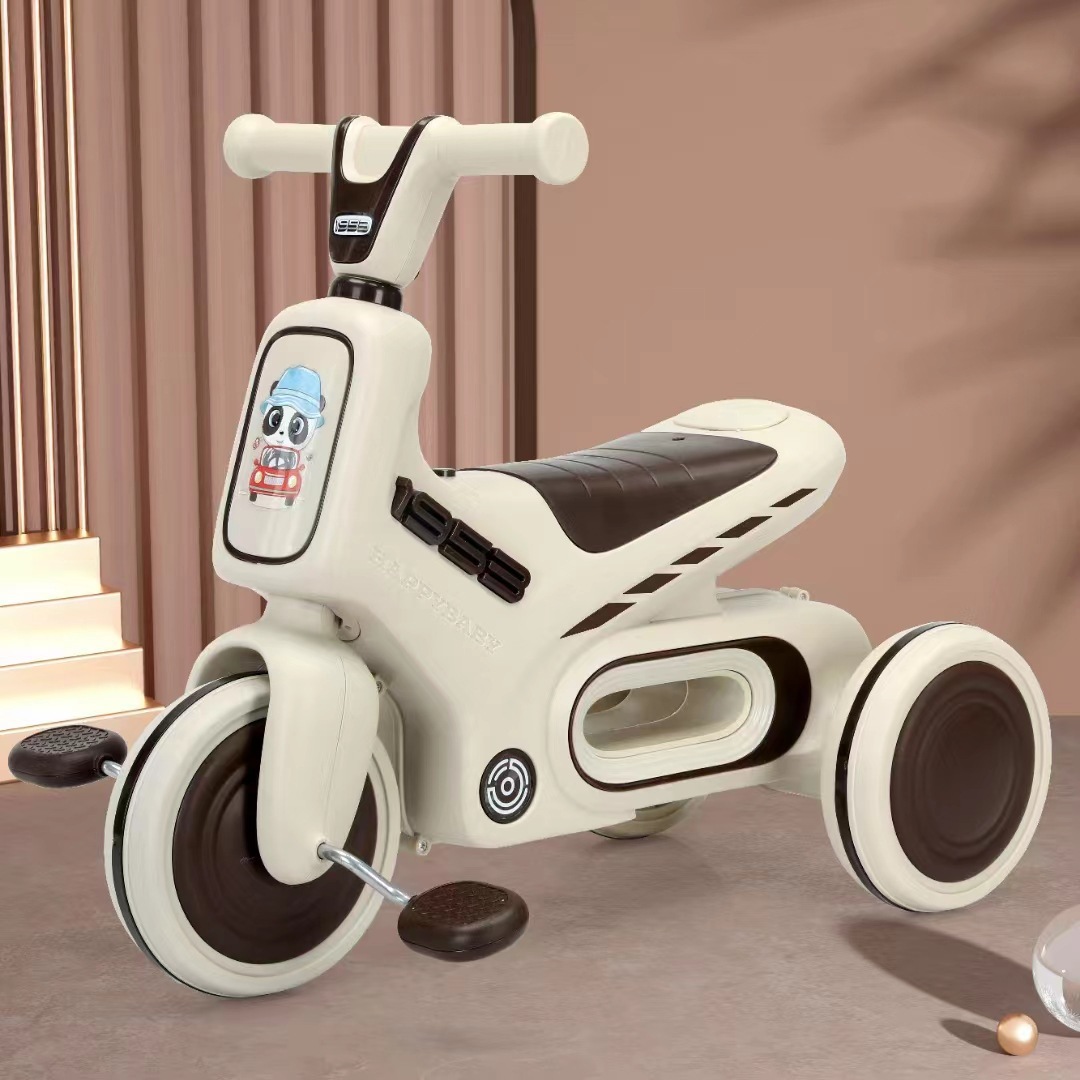all mtb types
Exploring All MTB Types A Comprehensive Guide
Mountain biking, often referred to as MTB, has evolved into a diverse sport that caters to various riding styles, terrains, and rider preferences. With advancements in technology and a growing community of enthusiasts, the types of mountain bikes available today are more varied than ever before. In this article, we will explore the different types of mountain bikes and their intended uses, helping you choose the right one for your adventure.
1. Cross-Country (XC) Bikes
Cross-country bikes are designed for speed and efficiency over varying terrain. They are generally lightweight, with a focus on climbing and covering long distances quickly. Featuring a rigid frame and thinner tires, XC bikes excel on trails that require endurance and agility. If you’re interested in racing or covering long distances on moderate trails, an XC bike is the perfect companion.
2. Trail Bikes
Trail bikes are the most versatile option for mountain biking. They strike a balance between the lightweight nature of XC bikes and the ruggedness of downhill bikes. With wider tires and more suspension travel, trail bikes can handle a variety of terrains, from technical climbs to descents. They are perfect for riders who want to explore various trails without compromising on performance.
3. All-Mountain (Enduro) Bikes
All-mountain bikes, also known as enduro bikes, are built for those who enjoy challenging terrains and rough descents. They feature robust frames and a significant amount of suspension travel (usually between 150mm to 180mm). All-mountain bikes are designed to be ridden downhill while still being efficient enough to climb. They are the go-to choice for riders who engage in enduro racing or those looking for a bike that can handle steep and technical trails.
all mtb types

4. Downhill Bikes
As the name suggests, downhill bikes are built for steep descents, featuring a heavy-duty frame, wide tires, and extensive suspension travel—often exceeding 200mm. These bikes prioritize stability and control on downhill runs, made to absorb the impact of rough terrain, jumps, and drops. However, downhill bikes are not intended for climbing, as they are designed specifically for racing down steep hills and tackling aggressive trails.
5. Fat Bikes
Fat bikes are characterized by their oversized tires, typically 3.7 inches wide or more. These bikes are designed to handle soft terrains like sand and snow, providing excellent traction and stability. Their robust design enables riders to explore areas that traditional mountain bikes might struggle with, opening up new possibilities for off-season riding and unique terrains.
6. Dirt Jump and Slopestyle Bikes
Dirt jump and slopestyle bikes are made for tricks, jumps, and aerial maneuvers, featuring short frames and a more compact design. These bikes are equipped with a single suspension system, allowing for better control during jumps. They excel in bike parks and specially designed trails where creative riding is encouraged.
Conclusion
Choosing the right mountain bike largely depends on your riding style, terrain preferences, and intended use. Whether you’re aiming for speed on cross-country trails or seeking the thrill of downhill riding, there’s a type of MTB that fits your needs. With the right bike, you can fully embrace the diverse and exhilarating world of mountain biking. So gear up, hit the trails, and enjoy the ride!
-
kids-scooter-tiny-olympic-games-scooterathlonNewsAug.22,2025
-
kids-scooter-waves-xingtai-zhongzhous-global-rippleNewsAug.22,2025
-
baby-tricycle-oem-legacy-zhongzhou-forgedNewsAug.22,2025
-
xingtais-twin-tricycle-revolution-siblings-ride-togetherNewsAug.22,2025
-
baby-tricycle-design-inspired-by-ancient-armorNewsAug.22,2025
-
nfc-chip-enabled-oem-baby-tricycle-trackingNewsAug.22,2025
-
The Perfect Baby TricycleNewsAug.11,2025








